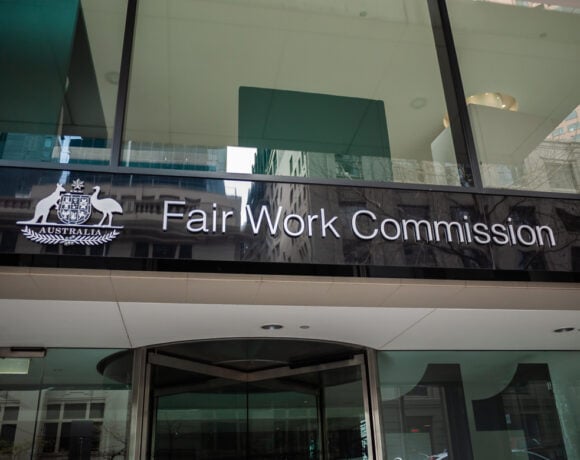You may consider the new issue of bullying and harassment as the new kid on the block when it comes to workplace relations issues.
Legislation is just catching up now, as is the government response on workplace health and safety. In this article we look at some of the basics of workplace bullying and harassment, its effects and what should be done to combat this insidious and legally dangerous behaviour.
Harassment is unwelcome conduct that humiliates, offends or intimidates people. It’s not only harmful to the victim, but also to the success of your business by lowering productivity and increasing staff turnover.
Bullying behaviour includes unfair and excessive criticism, publicly insulting victims constantly changing or setting unrealistic work targets and undervaluing employees’ efforts at work. As an employer, you should be aware of the legal risks associated with harassment and bullying and the steps that can be taken to minimise your potential liability.
What is workplace bullying?
One definition of workplace bullying is “the repeated less favourable treatment of a person by another or others in the workplace, which may be considered unreasonable and inappropriate workplace practice. It includes behaviour that intimidates, offends, degrades or humiliates a worker”.
Bullies usually utilise power attributed to their status, skills or position in the workplace, and both men and women can be the targets and/or the perpetrators. Workplace bullying can occur between a worker and a manager or supervisor, or between co-workers.
Bullying behaviour can range from very obvious verbal or physical assault to very subtle psychological abuse. This behaviour may include:
• physical or verbal abuse;
• yelling, screaming or offensive language;
• excluding or isolating employees;
• psychological harassment;
• intimidation;
• assigning meaningless tasks unrelated to the job;
• giving employees impossible jobs;
• deliberately changed work rosters to inconvenience particular employees; and
• undermining work performance by deliberately withholding information vital for effective work performance.
There are a range of psychological and physical illnesses and injuries that can be caused by exposure to bullying in the workplace, including anxiety disorders, stress, depression and insomnia.
Using international research, the Beyond Bullying Association estimates between 400,000 and 2 million Australians will be harassed at work (in 2001), while 2.5 to 5 million will experience workplace harassment at some time during their career.
Workplace bullying has serious economic effects on Australian organisations. A recent impact and cost assessment calculated workplace bullying costs Australian employers between $6–$36 billion dollars every year when hidden and lost opportunity costs are considered.
The effects on a workplace can include decreased productivity, increased staff absenteeism, staff turnover and poor morale. Financial costs can include legal and workers’ compensation and management time in addressing cases of workplace bullying.
Everyone has the right to work in an environment free from bullying, harassment, discrimination and violence. Under Occupational Health and Safety Acts, employers and employees have a legal responsibility to comply with any measures that promote health and safety in the workplace. Because of this duty, employers need to eliminate or reduce the risks to employees’ health and safety caused by workplace bullying.
Government responses:
The government has responded by inserting provisions in the Workplace Health and Safety Act to ensure where bullying has a harmful physical or mental effect on workers then it will be a breach of the Act.
The Government is also seeking to have legislation passed that the Fair Work Commission deal with bullying and harassment disputes within 14 days of lodgement.
Employer responses:
Ensure that firstly you have a bullying and harassment policy. Make sure it is in a prominent location. Also ensure that employees are inducted into the business with a suitable induction policy.
Furthermore, if there is even a whisper of a bullying incident an employer must investigate the incident appropriately to deal with the issue. It is no good thinking that a bullying incident will rectify itself. Rarely they do.
An employer must have appropriate mechanism to investigate, and that means hiring an outside investigator to interview witnesses and make a finding of whether the complaint is made out. Complainants must be protected while the matter proceeds and no one should be victimised.
Bullying and harassment can have lasting effects on employees. It can also lead to serious court action, which involves spending time and money. Deal with bullying behaviour upfront, call it for what it is and don’t tolerate it in the workplace.







COMMENTS